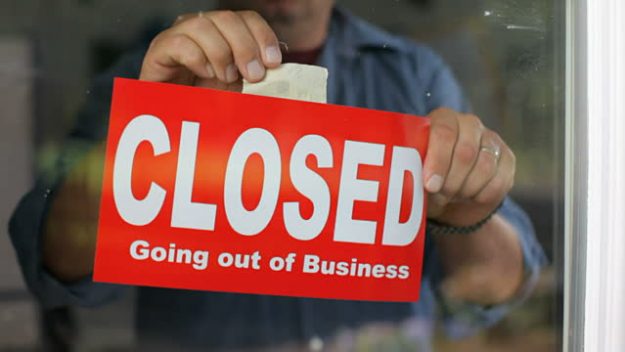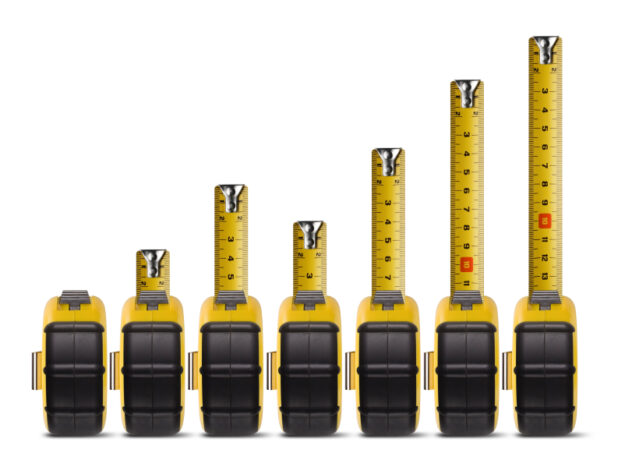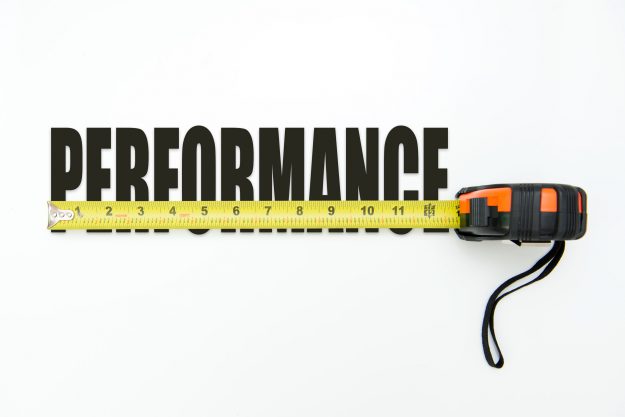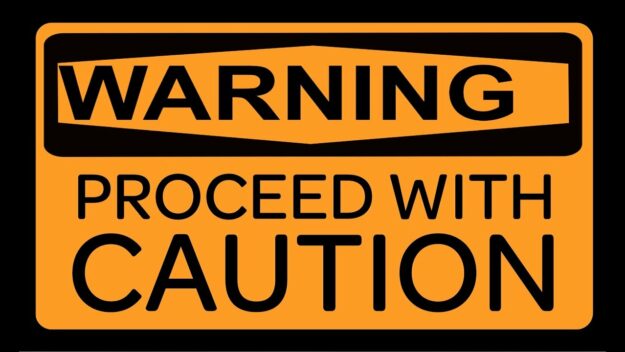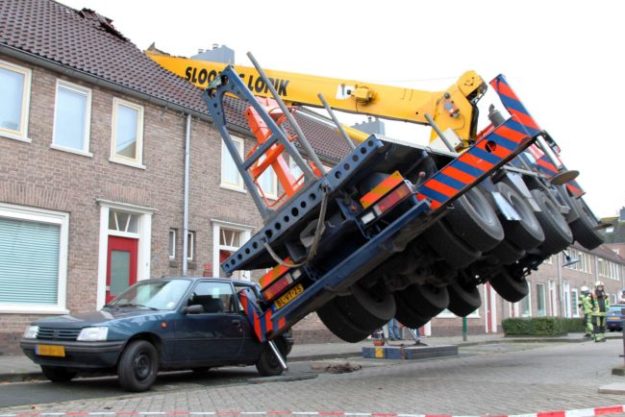At Builtin we deal with thousands of tradies up and down the country, so we know insurance isn’t anybody’s favourite topic! While it’s not something you want to think about, it is something you need to have, and need to have properly arranged. Having to replace an expensive asset that’s been stolen or damaged, or getting tied up in an expensive liability issue can hammer a small business, not only financially, but they can take an emotional toll on the contractor and their family too.
For larger firms their exposure to risk is greater, as is their capacity to manage it. For company managers and directors, getting the right professional advice and having good risk management practices in place, including insurance cover, is a critical (and legal) duty.
Most of our customers want what we call the “Goldilocks Package”: not too little, but not too much. That’s what we help our customers with every day.
In this article we share some basic risk management questions, as well as the headlines of the key policies contractors need to consider. What you need will vary according to your specific operations and business set up, but this should serve as a good overview to get you started.



